Dresden Frauenkirche: A church restored from rubble
Thursday, 16th December 2010 by Ian Brown
Frauenkirche - Church of Our Lady - is an 18th century church in Dresden which was destroyed in World War II. It lay as a pile of rubble for more than 40 years until a lengthy reconstruction process began in the mid 1990s.
While Google's satellite view still shows it in mid-reconstruction, the recent launch of Street View in Germany allows us to get a good look at the restored building.
Frauenkirche had a rich history since its construction began in 1726. Bach performed there on a newly installed organ a few years before construction was completed in 1743. It withstood a considerable cannonball barrage during the Seven Years' War - the sandstone dome being much more stable than many thought it would be.
That same dome sheltered 300 people from the early stages of an Allied firebombing campaign in the late stages of World War II. They eventually had to flee as temperatures started to rise to unbearable levels - an estimated 1,000ªC. This caused solid stone to glow red and explode, leading the building to collapse on the morning of February 15, 1945.
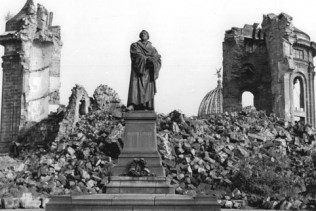 Bundesarchiv, Bild 183-60015-0002 / Löwe / CC-BY-SA (via Wikipedia)
Bundesarchiv, Bild 183-60015-0002 / Löwe / CC-BY-SA (via Wikipedia)
The thousands of tons of ruined stone were left mostly untouched for 45 years, as the Communist regime in East Germany was not inclined to do anything about it. Local residents created informal efforts to salvage parts of the building or unique pieces of stone, and successfully prevented a plan to build a car park on the site.
By the mid-1980s protesters regularly gathered here to call for peace and civil rights in the country. Following the reunification of Germany in 1989, the movement to restore Frauenkirche gathered strength, with stones being formally catalogued and funds being raised.
Some parts of the original building were sufficiently intact to be used in the new structure - see the right and left walls in the image above. In addition, almost 4,000 original stones were incorporated in the new construction. These fire-blackened sections are a clear visual reminder of Frauenkirch's history.
In some cases totally new items had to be constructed, such as the gilded cross which tops the dome. As a demonstration of faith and peace, this was exhibited in English churches for five years until the new building was ready to receive it.
Where possible, even small fragments from the ruins were reused, such as in the rebuilt altar. The statue of Martin Luther which survived the firebombing - it is visible in the historic image above - has also been restored and stands in front of the church.
The reconstruction was not without controversy - many were offended that the pipe organ was not replaced by a replica, though the creators of the modern instrument did attempt to include many features of the original. And at least one historian has claimed that the re-used stones were placed arbitrarily rather than in their correct locations.
However, since its reconsecration in 2005, Frauenkirch has been immensely popular with locals and tourists, with its distinctive shape once more being visible from many parts of the city.
Read a much more detailed history at Wikipedia and the official Frauenkirch site.
Thanks to Steffen Lorenz and Tesla_HV.
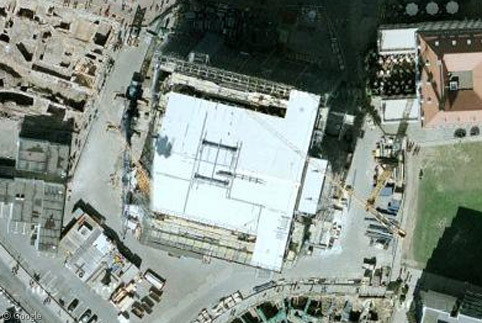
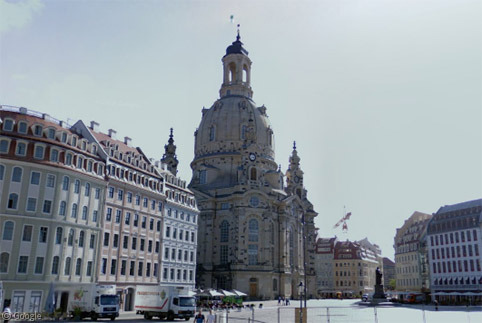
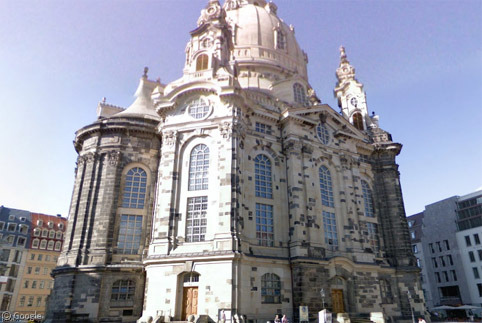
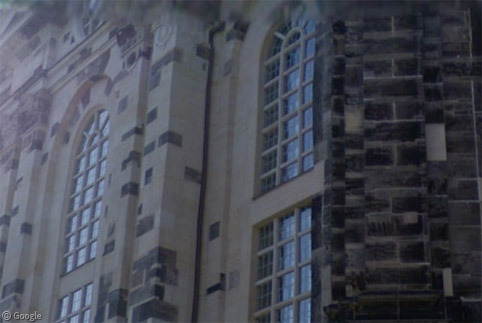
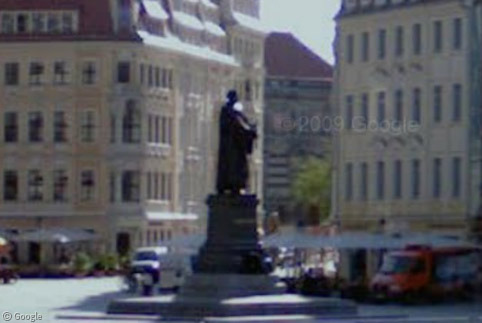
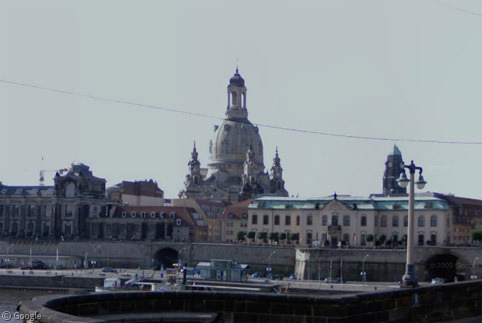

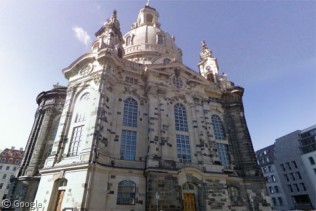
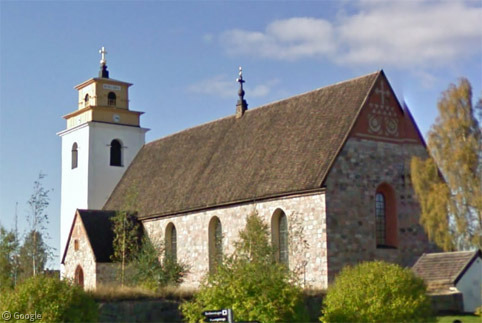
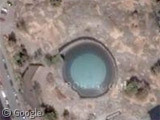
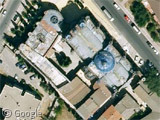
Intersting article. What about covering Coventry’s Cathedral – Coventry was twinned with Dresden after both their cathedrals were bombed during WWII.
Coventry built a completely new Cathedral alongside the ruins of the original:
View Placemark,,0,-2.18
Si – I did think about including Coventry Cathedral in this post, but decided to leave it out. It would make a very good follow-up post, so thanks for your comment.
Saw this not long after the wall came down and it was little more than a building yard full of (sorted) rubble. Haven’t been back to see the finished article, so thanks for the post 😉
Berlin, on the other hand, has not restored its Kaiser Wilhelm Memorial Church
Nor Hamburg its St. Nikolai Memorial Church View Placemark
Thanks Fred and Tammo, I hadn’t heard of those two – very interesting.
When I lived there (just as reconstruction started) I was told the impression that the socialist government had consciously left it as a memorial to the war, and as a reminder that capitalism inevitably leads to fascism. That could well have been apocryphal though…
Thanks for this bit on Frauenkirche. The gold orb and cross at the very top was made by Alan Smith, an English goldsmith whose dad few with RAF Bomber Command on the Dresden raid. The cross went to Coventry and got blessed there before going to Dresden. So there really was some ceremonial reconciliation from that awful night. (And anyone interested in the story might like to read Vonnegut’s Slaughterhouse-Five or see the movie.)